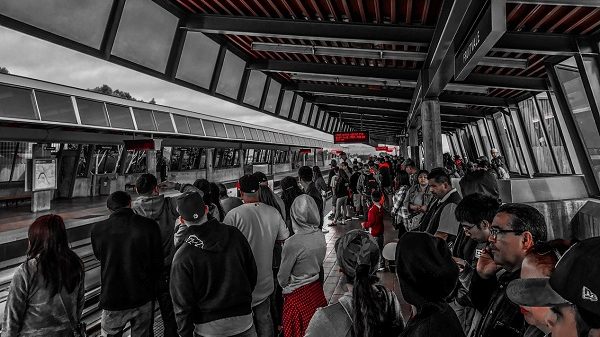Escaping the Treadmill: Beyond the Rat Race
The phrase “rat race” evokes a stark image: the relentless, repetitive cycle of work, commute, and fleeting moments of personal time. A typical day, as often depicted, looks something like this:
- 6:00 AM: Wake up, rush through morning routines.
- 6:45 AM: Begin the commute, often a crowded and stressful train ride.
- 8:00-8:30 AM: Arrive at the workplace, ready for the day’s tasks.
- 4:30-5:00 PM: Finish work, beginning the reverse commute.
- 5:00-5:30 PM: Catch the train home.
- 6:00-6:30 PM: Exit the train.
- 7:00-7:30 PM: Arrive home, often exhausted.
This routine, repeated day in and day out, year after year, until retirement at 60 or 65, represents the daily grind for many.
The Reality of the Modern Work Landscape
This description, while simplified, reflects the reality for a significant portion of the working population. Certain professions, like those in law and accounting, often demand even longer hours and greater sacrifices. The pressure to excel, to climb the corporate ladder, fuels a cycle of overwork and burnout.
- According to the Bureau of Labor Statistics, the average American works 8.4 hours on weekdays. Many people are working more than this.
- Commute times vary greatly depending on location. The average one-way commute in the U.S. is about 27.6 minutes, according to the U.S. Census Bureau. In large metropolitan areas, this can easily exceed an hour each way.
- A 2023 Gallup poll indicated that 59% of people are quiet quitting, and that only 23% of employees are engaged at work.
The Spectrum of Work Experiences
It’s important to acknowledge that work experiences are diverse. Some individuals find genuine fulfillment in their careers, while others endure their jobs as a means to an end. The necessity to cover living expenses—housing, food, family needs—drives many to participate in this cycle.
The allure of the lottery, a quick escape from financial burdens, highlights the desire for a different reality. The time and energy spent fantasizing about lottery winnings reflect a deep-seated yearning for financial freedom.
A Different Path: FIRE and Financial Independence
However, a growing number of individuals are pursuing an alternative: Financial Independence, Retire Early (FIRE). This movement centers on strategic financial planning and investment to achieve early retirement.
- FIRE proponents prioritize saving a significant portion of their income, often 50% or more.
- They invest in assets that generate passive income, such as stocks, bonds, and real estate.
- The goal is to accumulate enough wealth to cover living expenses without relying on traditional employment.
Key Principles of FIRE:
- High Savings Rate: Aggressively saving and investing a substantial portion of income.
- Strategic Investing: Building a diversified portfolio to generate passive income.
- Expense Minimization: Living below one’s means to accelerate financial goals.
- Long term planning: creating a plan that accounts for many decades of living expenses.
The Question Remains:
Have you begun your journey toward financial independence?
The rat race is a reality for many, but it doesn’t have to be your permanent destination.

